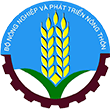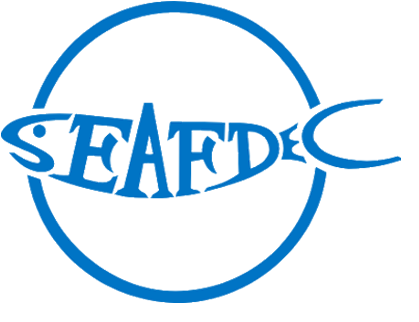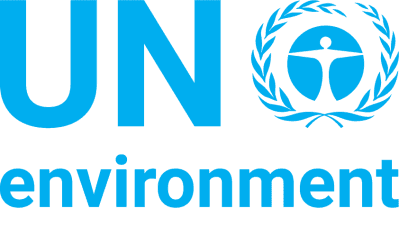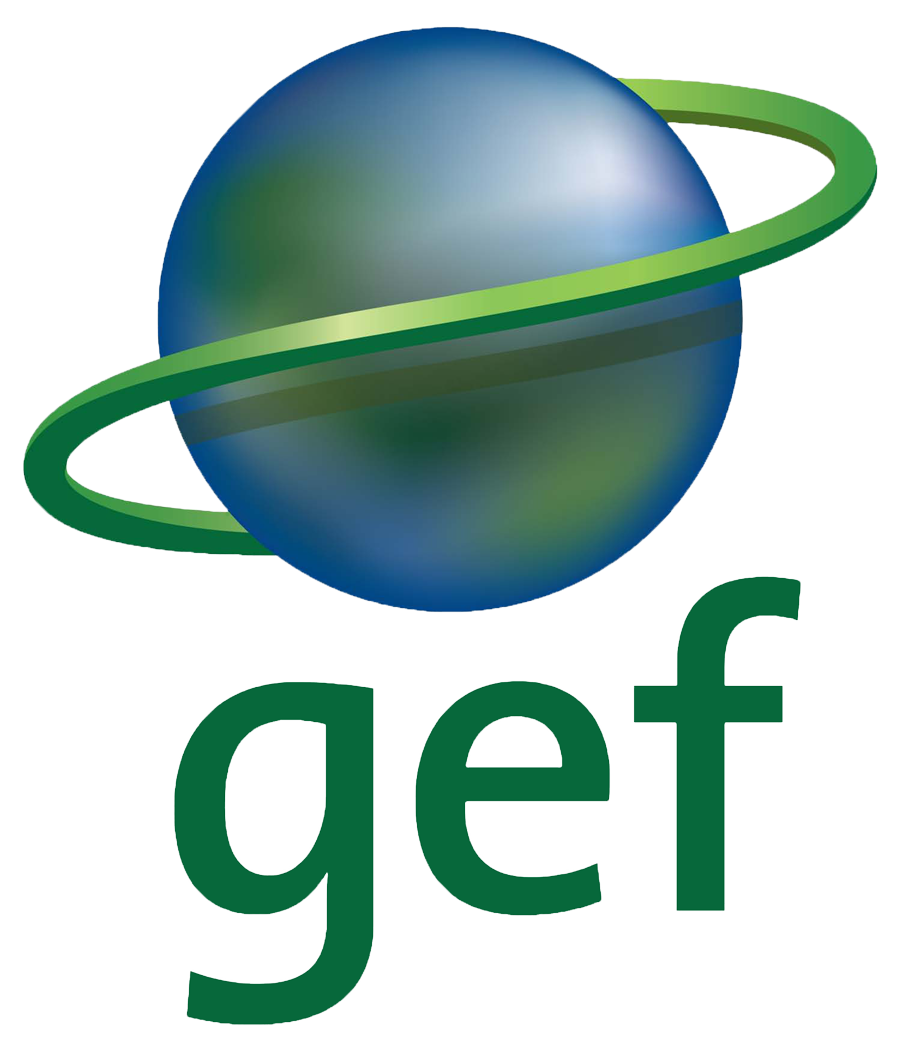Background & Situation Menu
Status and Trends in Fisheries and their Habitats Threats, root causes and barrier analysis Institutional, sectoral and policy context Stakeholder mapping and analysis Baseline analysis and gaps Known Areas of Critical Significance to the Life-Cycles of Fisheries Resources Priority Fisheries Refugia Areas




Establishment of Fisheries Refugia in Viet Nam:
Background and Situation Analysis to Support
Known Areas of Critical Significance to the Life-Cycles of Fisheries Resources
Studies of fish eggs and larvae are used to identify fish spawning and nursery grounds. Before 1985, this was a key area of investigation in many surveys conducted in Viet Nam’s northern and south-eastern waters. From the mid-1980s through to the 1990s, this area received little attention until the Southeast Asian Fisheries Development Center (SEAFDEC) conducted some analyses on eggs and larvae in 1999. The Vietnamese Research Institute for Marine Fisheries also completed a number of surveys in 2002 and 2003. However, these efforts have mainly focused on the Gulf of Tonkin, and waters of the central and south-eastern regions. A paucity of information exists for the Gulf of Thailand. Typical of tropical fish fauna, marine fishes in Viet Nam spawn throughout the year-round and in all waters.
Gulf of Tonkin: Although eggs and larvae scatter over the Gulf of Tonkin, there are five areas where spawning is concentrated: (1) from Co To to Ha Mai Island; (2) around Bach Long Vi Island; (3) coastal waters from Cat Ba Island to the Ba Lat estuary; (4) from Ninh Co to Lach Ghep estuaries; and (5) coastal waters from Dien Chau Gulf to the Cua Viet estuary. More fishes tend to spawn from March to September. However, peak spawning occurs from April to June. In a survey conducted from August to September 2003 (Do Van Nguyen 2004), the highest density of fish eggs and larvae was found in the area from Cat Ba to Long Chau Islands, with 6000 to 9000 eggs/1000 m3. In the southern part of the Gulf, densities ranged from 9000 to 22900 eggs/m3. The highest larval densities, observed in the southern Gulf area, ranged from 3000 to 12000 larvae/ 1000m3. The analysis of eggs indicated that the dominant families were Engraulidae (17.08%), Synodontidae (5.48%), and Clupeidae (2.01%). The dominant families in terms of larvae were Scombridae(16.56%), Clupeidae (14.29%), and Leiognathidae (12.15%). In the survey conducted from October to November 2003 (Do Van Nguyen 2004), the areas with the highest concentrations of eggs and larvae were Cat Ba and Bach Long Vi Islands, as well as the southern part of the Gulf (more than 1000 eggs or larvae/1000 m3). A counting of egg and larvae by Do Van Nguyen indicated that the family of Engraulidae ranked first (50.14 and 59.04%, respectively). Other dominant families were Synodontidae, Synoglossidae, Gobiidae, and Leiognathidae.
Central waters: In waters of the central region, there is no typical spawning ground. Eggs tend to be scattered along the coastline or adjacent to river estuaries, whilst the distribution of fish larvae extends a little further offshore. In this area, it seems more fishes spawn from April to September, with peak spawning activity occurring from May to July. According to a survey conducted from April to May 2003, the dominant families were Excoetidae (19.11% of total eggs and 35.70% of total larvae), Scombridae (13.75%, and 24.40% eggs and larvae, respectively) (Do Van Nguyen 2003). The eggs and larvae were scattered throughout the area. However, densities were highest (more than 500 eggs or larvae/1000m3) in waters adjacent to Danang, the Paracels archipelagos, as well as more southern waters. The composition of eggs and larvae observed in the survey from October to November 2003 differed slightly (Do Van Nguyen 2003). According to the number of total eggs, the family of Clupeidae ranked first (41.62%) and Scombridae (8.67%) second. The larvae of Myctophidae (35.08%) and Scombridae (7.52%) were dominant.
South-eastern waters: According to historical data (Do Van Nguyen 1981 and 1999), there are three main spawning grounds: (1) around Cu Lao Thu Island; (2) around Con Son Island; and (3) coastal waters from Phan Thiet province to Ca Mau Cape. In general, the spawning season in this area is longer than that observed for the Gulf of Tonkin, and can be divided into two groups:
Migratory fishes, such as tuna and flying fish, tend to spawn more from April to September in the coastal waters between Quang Ngai to Khanh Hoa provinces.
Commercially important inshore fish species spawn from February to March until October to November. They may spawn 3 to 4 times during this season.
The data available from recent SEAFDEC surveys indicate that the area with the highest concentration of fish eggs (more than 1000 eggs/1000m 3) is that from Phu Quy Island to the Mekong revers estuaries. The concentration of larvae was highest in waters extending from the Mekong estuaries to Con Son Island. According to egg counts, the dominant families were Engraulidae, Synodontidae, Cynoglossidae, and Clupeidae. Families of Engraulidae, Leiognathidae, Gobiidae, Carangidae, Mullidae, Scombridae, and Nemipteridae dominated according to larvae quantities.
Enhancing the information base: The information presented above provides insight into broad areas considered important as spawning, nursery, and feeding grounds for fish stocks. To assist in building the information base on areas significant to the life-cycles of fisheries resources, the seventh meeting of the UNEP/GEF South China Sea project’s Regional Working Group on Fisheries (RWG-F) considered during its seventh meeting a preliminary inventory of known spawning areas in the Gulf of Thailand for significant pelagic, demersal, and invertebrate species. To assist in developing a more comprehensive basis for the development of a list of critical spawning and nursery areas for important fish species, members of the RWG-F agreed to compile information during the inter-sessional period on the UNEP/GEF South China Sea Project’s Habitat Demonstration Sites that are critical inshore nursery refugia for important demersal species, locations in the South China Sea and the Gulf of Thailand that are utilized by important pelagic species for spawning, and existing fisheries management areas that may qualify as candidate sites of fisheries refugia. The Research Institute for Marine Fisheries compiled this information for review by Vietnam’s National Fisheries Committee prior to its sharing at the regional level.
The subsequent and eighth meeting of the RWG-F considered document UNEP/GEF/SCS/RWG-F.8/5 “Information Collated by the Fisheries and Habitat Components of the South China Sea Project on Sites Important to the Life-Cycles of Significant Fish Species”. This document contained a review of all information collated by the fisheries and habitat components of the South China Sea Project on fish-habitat linkages. The sources of this information included: national reports on fisheries; national reports on coral reefs, seagrass, mangroves, and wetlands; SCS habitat site characterizations; habitat demonstration site project documents; the South China Sea online meta-database; and information contributed directly by fisheries and habitat focal points. That meeting agreed that this information should be used to identify and characterize fish spawning and nursery areas in the Gulf of Thailand and the South China Sea. Members formed country-based sessional working groups to prepare country summaries of known critical spawning and nursery areas in their respective countries. These sessional working groups collated information regarding the approximate geographical location of the site; species are known to utilize the site; known usage of the site (i.e. as spawning and/or nursery area; time of year that the site is utilized as a spawning or nursery area; and the information source. During the inter-sessional period, the Research Institute for Marine Fisheries undertook national consultations with researchers and fishing communities to refine this information.
The ninth meeting of the RWG-F reviewed discussion document UNEP/GEF/SCS/RWG-F.9/8, “Review of Information regarding known Spawning and Nursery Areas and the Establishment of Pilot Fisheries Refugia Sites in the South China Sea and the Gulf of Thailand”, and update information for each known spawning and nursery area and add new sites to the list as appropriate. The revised list of known spawning and nursery areas for economically important fish species in Vietnamese waters of the South China Sea and the Gulf of Thailand was considered by the national consultation workshop for the preparatory phase of the SEAFDEC/UNEP/GEF project “Establishment and Operation of a Regional System of Fisheries Refugia in the South China Sea and the Gulf of Thailand”, and is presented in below as Table 1.